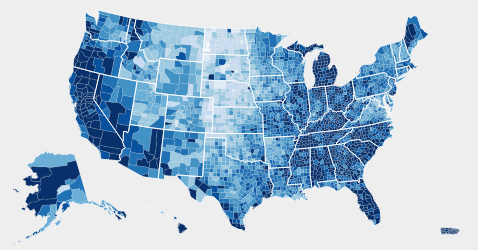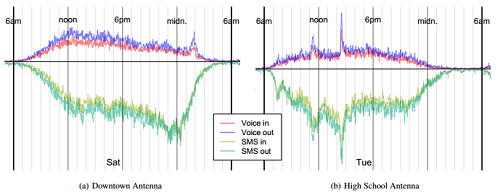Via Dave Richeson:
For the last 10+ years I’ve taught topology using a modified Moore method, also known as inquiry-based learning (IBL). The students are given the skeleton of a textbook; then they must prove all the theorems and solve all of the problems. They are forbidden from looking at outside sources. The class types up their work as they go. At the end of the semester they have a textbook that they wrote. It is a great way to learn, and at the end of the semester the student are thrilled to hold a bound copy of the textbook that they created.
I love this idea! Wikipedia lists several universities with math courses using the Moore method, but none in probability or mathematical statistics. Google doesn’t suggest much besides this blog post with the same idea, and this article which seems to have good advice but is no longer accessible.
Have you ever seen the Moore approach used for a statistics course? Do you have any success stories or pitfalls to share?





